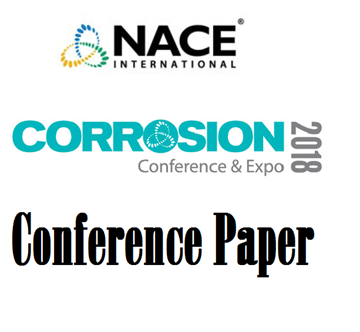Search
Products tagged with 'hydrogen induced stress cracking'
View as
Sort by
Display
per page
07496 New Improved Method for HISC Testing of Stainless Steels under Cathodic Protection
Product Number:
51300-07496-SG
ISBN:
07496 2007 CP
Publication Date:
2007
$20.00
11294 Susceptibility of Hydrogen Induced Stress Cracking of Duplex Stainless Steel at Elevated Temperature
Product Number:
51300-11294-SG
ISBN:
2011 11294 CP
Publication Date:
2011
$20.00
51318-11294-NACE MR0175/ISO 15156: Update on current document and where are we going?
Product Number:
51318-11294-SG
Publication Date:
2018
$20.00
51318-11439-Evaluation of resistance to cracking for HIPed and rolled duplex stainless steel microstructures
Product Number:
51318-11439-SG
Publication Date:
2018
$20.00
AMPP TR21524-2023, Commentary on Standards Development for Selection and Qualification of HSC-Resistant Materials in Subsea Service with Cathodic Protection
Product Number:
AMPP TR21524-2023
Publication Date:
2023
$109.00
Comments On Standards Development For Selection And Specification Of Subsea Materials
Product Number:
51322-17491-SG
Publication Date:
2022
$20.00
Susceptibility to Hydrogen Induced Stress Cracking of Alloy 718 and Alloy 725 Under Cathodic Polarization
Product Number:
51315-5597-SG
ISBN:
5597 2015 CP
Publication Date:
2015
$20.00
The Susceptibility Of Spheroidal Graphite Cast Iron To Hydrogen Induced Stress Cracking
Product Number:
51322-17796-SG
Publication Date:
2022
$20.00








